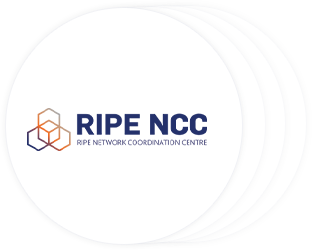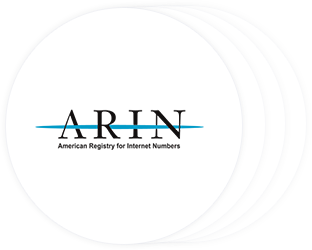
Each registry has its own policy and there are differences in requirements around processing Inter-RIR transfers. For the most part, all of the participating registries support transfers of IPv4 address space and autonomous system numbers (ASN), including legacy. Inter-RIR transfers take longer to complete because of the manual processing and collaboration requirement between RIRs involved with completing them.

No action required from the recipient side until the source RIR is ready to process the transfer. As soon as the source has determined that a block is eligible for out-of-RIR transfer, they will contact the destination RIR for the next part of the process. The destination RIR will contact the recipient LIR for more information. RIPE does not charge any transfer fees.
RIPE TransfersSimilar to the RIPE NCC process, APNIC does not require action from the recipient. Once APNIC is ready to proceed, they will contact the destination RIR, who will reach out to the recipient for further information and preapproval. Inter-RIR transfers with APNIC are however subject to other policies and fees, especially when transferring to NIRs (National Internet Registries). The fee may differ per NIR, for more information about transfer fees, please visit APNIC NIR IPv4 Transfer
APNIC Transfers

Much like every other form of transfer with ARIN, you will need an RSA and (if receiving) pre-approval ticket in order to proceed. Both recipients and senders of an Inter-RIR transfer are also obligated to pay a $500 transfer fee. Legacy resource holders will need to sign an RSA prior to initiating any transfer process.
ARIN TransfersLACNIC Inter-RIR transfers follow a similar policy to APNIC's. The main difference is their fee structure, which is higher for Inter-RIR transfers at $1,000 for anything smaller than a /19 and $1,500 for anything larger than a /19. A non-refundable deposit of $200 is required before any request will be reviewed. LACNIC Inter-RIR transfers usually take longer to complete.

RIR, short for Regional Internet Registry is an organization that's responsible for management and allocation of IPv4, IPv6 and ASN Internet number resources within a specific region.
Supernetting is the aggregation of multiple internet ranges of the same IP class. Supernetting is done to decrease the overhead of the continuously growing routing tables, and the physical limitations of the devices using them. Supernetting can only be done with contiguous IPv4 or IPv6 addresses.
A subnet mask is a 32-bit number that is used to divide IP addresses in a class, a common procedure often done in larger allocations for specific assignments or security reasons.
The allocable address pool managed by the 5 Regional Internet Registries (RIRs) has been fully exhausted. A lot of allocated space is however still not in use, which has opened up an opportunity for companies to offer their space up for transfer through the IPv4 transfer market
No hidden fees, free consult